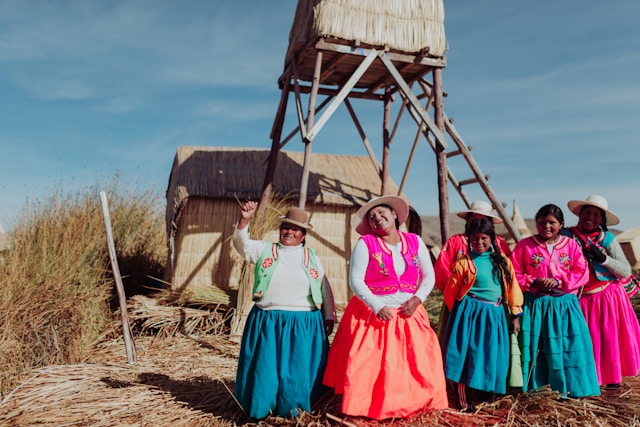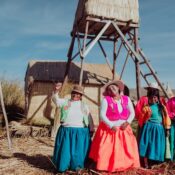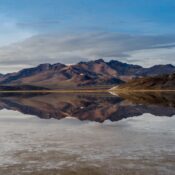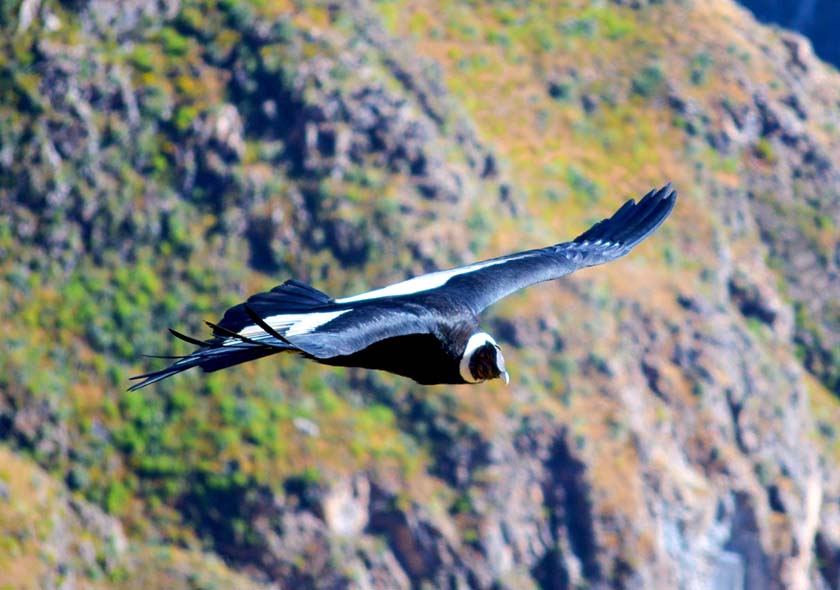Sustainable Tourism in Peru: Smart Travel Ideas for 2025

Sustainable Tourism in Peru: Smart Travel Ideas for 2025
As travelers become increasingly aware of their environmental and social impact, sustainable tourism in Peru has evolved from a niche concept into a meaningful way to explore one of South America’s most diverse and beautiful countries. In 2025, travelers have more opportunities than ever to experience Peru responsibly—without sacrificing comfort, adventure, or authenticity.
Why Sustainable Travel Matters in Peru
Peru is home to snow-capped mountains, rainforests, deserts, and ancient civilizations—but also to delicate ecosystems and deeply rooted traditions that depend on respectful tourism. Sustainable travel ensures that communities benefit directly, that landscapes are protected, and that visitors form genuine connections rather than leaving only footprints.
Across the country, community-led projects—from Andean villages to Amazon lodges—are redefining how tourism can support both people and the planet.
Ideas for Responsible Travel in 2025
Here are a few thoughtful ways to explore Peru sustainably this year, with examples from across the regions:
Cusco and the Sacred Valley – Living Traditions with Modern Purpose
The Cusco region remains Peru’s cultural heartbeat, where ancient heritage meets conscious travel.
-
In the Sacred Valley, communities like Misminay and Patacancha welcome visitors to take part in daily farming or weaving, sharing Andean life from a local perspective.
-
Eco-lodges in Urubamba and Pisac are incorporating solar energy, organic gardens, and partnerships with local schools.
-
Travelers can also find restaurants and social cafés in Cusco that support inclusion programs and sustainable sourcing, giving back with every visit.
These initiatives allow travelers to experience Inca culture not as a museum piece, but as a living, evolving way of life.
Lake Titicaca and the Puno Region – A Model of Community Tourism
High in the Andes, Lake Titicaca is a shining example of responsible, community-run tourism.
-
The Uros Titino and Amantani Island homestays invite visitors to spend the night with local Aymara and Quechua families—learning about their connection to the lake and traditional crafts.
-
The Taquile Island cooperative operates on a fair rotation system, ensuring every family benefits equally from tourism income.
-
Other lakeside villages like Luquina Chico continue to expand small-scale eco-lodging, proving that community ownership leads to both cultural and environmental preservation.
Arequipa and the Southern Andes – New Routes for Sustainable Exploration
The Arequipa region offers some of Peru’s most striking highland landscapes and is quickly becoming a new frontier for sustainable tourism.
-
In the Salinas y Aguada Blanca National Reserve, local guides from Chiguata and San Juan de Tarucani now lead eco-tours that showcase vicuñas, flamingos, and volcanic lagoons—helping to protect wildlife while generating alternative income for rural families.
-
In the Colca Canyon, community-based lodges in Yanque and Coporaque offer travelers authentic Andean stays that support agriculture and traditional life.
-
And for those seeking a lesser-known destination, the Valle de los Volcanes near Andagua is emerging as a new model for rural tourism. Here, travelers can stay with local families, explore lava formations and crater lakes, and learn how small Andean towns are reviving sustainable agriculture while welcoming low-impact visitors.
Inca Frontiers offers unique experiences in this remote region—ideal for travelers looking to go off the beaten path and immerse themselves in a truly authentic Andean environment.
These initiatives are helping to distribute tourism benefits more evenly across the southern Andes—beyond the usual routes.
The Amazon Basin – Protecting Nature Through Partnership
Peru’s Amazon remains one of the most biodiverse regions on Earth, and several projects are showing that tourism can be a powerful ally for conservation.
-
In Madre de Dios, lodges such as Posada Amazonas and Refugio Amazonas are co-managed with the Ese’Eja Indigenous Community, ensuring that tourism directly funds education, forest protection, and sustainable livelihoods.
-
Wildlife observation and scientific programs now invite guests to participate in biodiversity monitoring, creating deeper awareness and engagement.
Pros and Cons of Choosing a Sustainable Tour Provider
Before booking, it’s good to understand the benefits and challenges of using a sustainable operator.
✅ Pros
-
Empowers locals: Keeps money within communities and supports fair wages.
-
Reduces impact: Encourages eco-friendly transport, small groups, and minimal waste.
-
Preserves heritage: Promotes language, crafts, and ancient traditions.
-
Enhances experiences: Creates meaningful human connections beyond standard sightseeing.
⚠️ Cons or Challenges
-
Slightly higher costs: Fair wages and smaller groups can raise prices.
-
Simpler comforts: Some eco-lodges are rustic or off-grid.
-
Greenwashing risk: Not every “eco” label is genuine—do a little research.
-
Limited access: Sustainable projects in remote regions may require extra travel time.
Tips for Travelers Wanting to Make a Difference
-
Ask questions. Learn where your money goes and how locals benefit.
-
Bring reusables. Cut down on plastic bottles and packaging.
-
Respect local customs. Greetings, modest dress, and courtesy go a long way.
-
Shop locally. Buy directly from artisans and small farmers.
-
Stay curious. Choose experiences that teach and give back—not just entertain.
In Summary
Sustainable tourism in Peru isn’t only about protecting nature—it’s about traveling with intention. Whether you’re walking Inca terraces in Cusco, sailing the waters of Lake Titicaca, or exploring the volcanic wonderlands of the Valle de los Volcanes with Inca Frontiers, your choices can help preserve both the environment and the human stories that make Peru unique.
In 2025, travelers have the power to shape the future of tourism in Peru—one conscious journey at a time.





